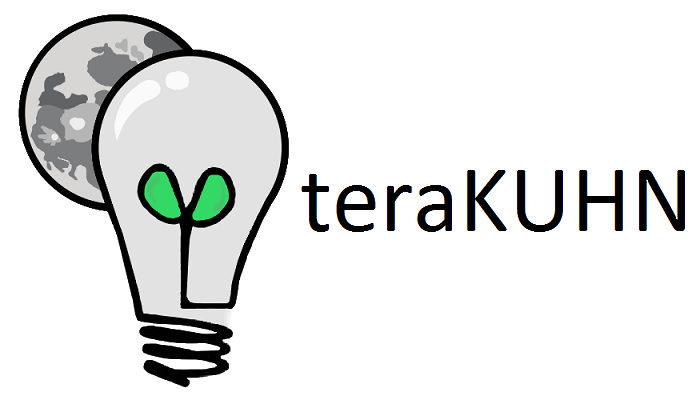
Chemical Engineering is the practical application of physical sciences and life sciences to produce, transform, transport, and properly use chemicals, materials and energy. This type of engineering involves technology that utilizes chemical reactions to solve problems such as chemicals for rocket fuel or for an electrical storage battery.
This page is intended to provide formulas and pointers to software that can help with chemistry. The software referenced here is all either free, inexpensive, or demo software so it can be tried without initially investing significant money. Where possible we've included a link to the site where you can get the latest version rather than a direct download of a possibly stale version.
Everything from soil conditions to grow plants in to rockets to propel us to the Moon as well as the pressure of gases in terrariums or fuel tanks is based on chemistry. To help students learn chemistry from calculating molecular weights to understanding how pressure and heat impact the volume of a gas, check out
As mentioned in other pages on this web site, plants use energy from sunlight to chemically change water (H2O) and carbon dioxide (CO2) into sugar. This chemical process is described by the following chemical equation:
where:
Also, noted on other pages on this web site, launch systems typically use chemical rockets to accelerate spacecraft to Earth orbit or farther. Rockets use fuels that go through a chemical reaction to release energy. This released energy heats the exhaust gas creating a lot of pressure in the rocket engine combustion chamger. This pressurized gas is guided by the rocket engine nozzle into a high-speed exhaust stream which causes the rocket acceleration. Some common rocket fuels are:
Chemistry can explain the characteristics of atmospheres or substances in a gaseous state. The relationship between the pressure, volume, number of moles, and temperature of a gas can be expressed as:
where:
Understanding how the characteristics of a gas relate to each other can be used when designing pressure vessels for terrariums. As an example, imagine that you start with a 6U CubeSat heading directly for the Moon. In order to slow down and do a soft landing you use up 3U of your craft and end up with a 3U lander. Navigating around on the Moon you end up with a 2U rover. This leaves you with about the size of a 1U CubeSat for a terrarium, much smaller than most space terrariums flown. A 1U CubeSat is a 10 x 10 x 11.35 cm cube or about 1 Liter or 0.001 cubic meter. If the desire is to maintain an alpine like envirnoment in this 1U terrarium, you might want a 0.5 atmospheric pressure environment at 280 degrees Kelvin. Solving the above equation for the number of moles we get:
If this was pure carbon dioxide, using the chemical formula CO2, we can calculate the molar mass of carbon dioxide as 44.0098 g / mol. From this we can calculate that the 0.020 mol of CO2 atmosphere in a terrarium would be 0.88 grams of mass. Frozen CO2, dry ice, has a density of 1.6 g / cm3. This would mean finding 0.55 cm3 of dry ice on the Moon would be enough to fill the atmosphere of a one liter terrarium. That said, there is a threshold of how much carbon dioxide in the atmosphere plants can or will use. If the level rises to 2,000 ppm or higher, plants will experience negative effects such as carbon dioxide burn. Thus, some other substance such as nitrogen or oxygen must be present in the terrariums atmosphere.
Text Copyright (C) 2017 - 2021 R. J. Kuhn. Please note that you are not allowed to reproduce or rehost this page without written permission.